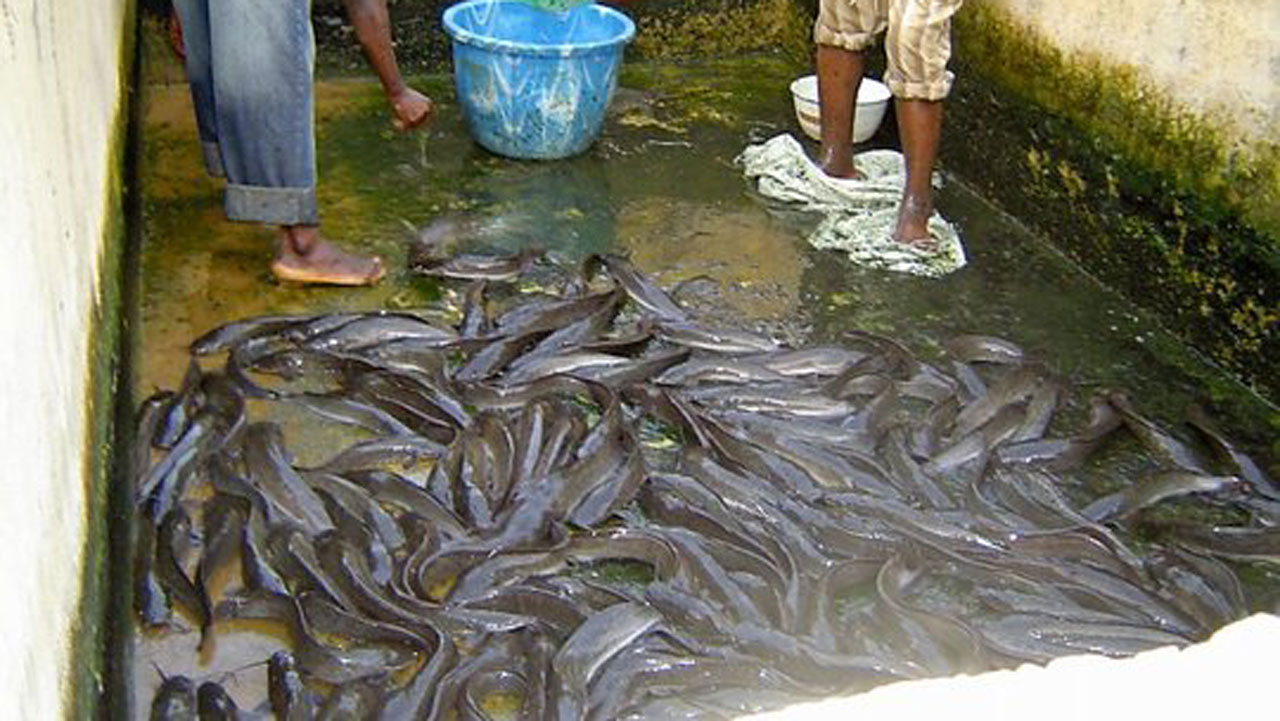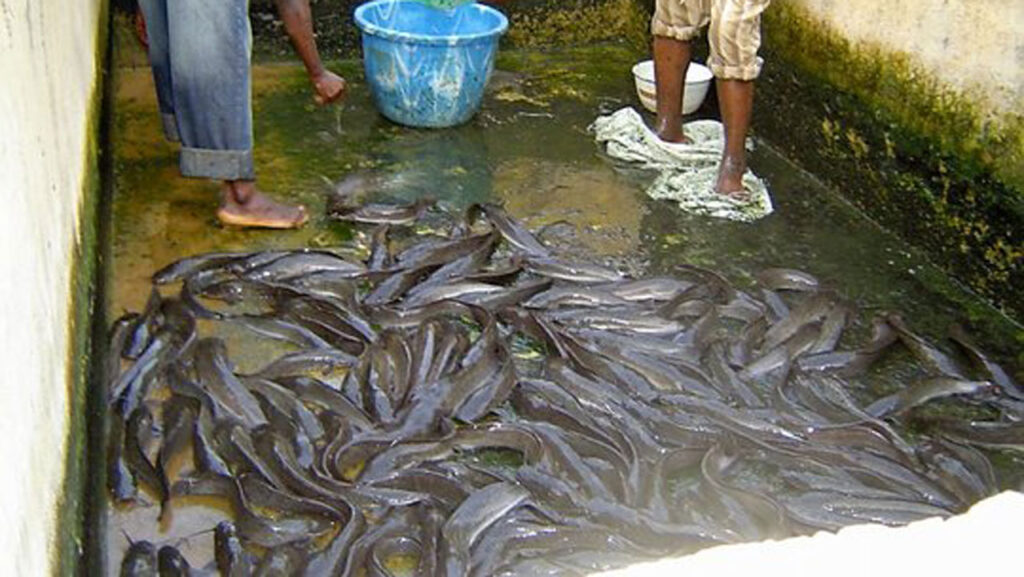Venturing into the fishery business in Nigeria offers a promising opportunity for entrepreneurs to tap into the country’s abundant water resources and meet the growing demand for fish. This comprehensive guide serves as your compass, providing insights and practical steps on how to start and manage a successful fishery business. From selecting the right fish species to implementing sustainable aquaculture practices, this guide equips you with the knowledge needed to navigate the waters of the Nigerian fishery industry and chart a course for prosperity.
1. Understanding the Nigerian Fishery Industry
a. Market Analysis
- Demand for Fish: Assess the market demand for different fish species.
- Consumer Preferences: Understand the preferences of consumers in your target market.
b. Regulatory Compliance
- Fishery Regulations: Familiarize yourself with government regulations governing fishery operations.
- Environmental Compliance: Adhere to environmental guidelines to ensure sustainable practices.
c. Identifying Profitable Fish Species
- Tilapia, Catfish, and More: Explore the profitability of popular fish species in Nigeria.
- Market Trends: Stay informed about emerging trends in the fishery industry.
d. Water Quality Management
- Water Sources: Assess the quality of available water sources for fish farming.
- Water Testing: Conduct regular water testing to ensure optimal conditions for fish.
2. Planning Your Fishery Business
a. Business Plan Development
- Mission and Objectives: Clearly define the mission and objectives of your fishery business.
- Financial Projections: Develop realistic financial projections for the initial setup and ongoing operations.
b. Site Selection
- Proximity to Markets: Choose a location with easy access to potential markets.
- Climate Considerations: Consider climate conditions that may affect fish farming.
c. Infrastructure Setup
- Fish Ponds: Design and construct suitable fish ponds based on the chosen fish species.
- Aeration Systems: Install aeration systems to ensure adequate oxygen levels in the water.
d. Equipment and Supplies
- Quality Nets and Cages: Invest in high-quality nets and cages for fish containment.
- Fish Feeders: Acquire efficient fish feeders to ensure proper feeding.
3. Selecting the Right Fish Species
a. Popular Fish Species in Nigeria
- Catfish Farming: Explore the opportunities and challenges of catfish farming.
- Tilapia Farming: Understand the characteristics of tilapia farming.
b. Fingerling Sourcing
- Reliable Hatcheries: Source fingerlings from reputable hatcheries.
- Quality Assurance: Ensure that fingerlings meet quality standards.
c. Caring for Fingerlings
- Acclimatization: Gradually acclimate fingerlings to their new environment.
- Feeding Protocols: Follow recommended feeding protocols for fingerlings.
4. Fish Nutrition and Feeding
a. Balanced Diet
- Protein Requirements: Ensure fish feed meets the protein needs of your chosen species.
- Supplemental Nutrition: Consider adding supplements for optimal growth.
b. Feed Storage and Quality Control
- Proper Storage: Store fish feed in a dry and cool environment to prevent spoilage.
- Regular Inspection: Check feed quality regularly to avoid contamination.
c. Feeding Practices
- Frequency and Quantity: Establish a consistent feeding schedule and monitor the quantity.
- Observation:* Monitor fish behavior to ensure they are eating and growing properly.
5. Health and Disease Management
a. Preventive Measures
- Biosecurity Practices: Implement biosecurity measures to prevent disease outbreaks.
- Vaccination Schedules: Adhere to vaccination schedules for common fish diseases.
b. Identifying and Treating Common Ailments
- Symptom Recognition: Learn to identify symptoms of common fish ailments.
- Consulting Aquaculture Veterinarians: Establish a relationship with a fish health professional for timely interventions.
c. Record Keeping
- Health Records: Maintain detailed health records for each fish pond.
- Medication Logs: Keep a log of medications administered to the fish.
6. Fish Harvesting and Processing
a. Harvesting Practices
- Optimal Harvest Size: Determine the optimal size for harvesting based on market demand.
- Harvesting Techniques: Employ proper techniques to minimize stress and damage during harvesting.
b. Processing and Packaging
- Hygienic Processing: Ensure hygienic processing to maintain fish quality.
- Packaging Standards: Invest in quality packaging materials for fish products.
c. Storage and Distribution
- Cold Storage Facilities: Explore options for cold storage to preserve fish freshness.
- Distribution Channels: Establish reliable distribution channels to reach your target market.
7. Marketing Your Fishery Products
a. Branding Your Fishery Business
- Unique Selling Proposition (USP): Define what sets your fishery products apart.
- Branding Materials: Invest in quality packaging and branding materials.
b. Sales Channels
- Local Markets: Explore opportunities in local markets and communities.
- Supply to Retailers: Establish partnerships with retailers for wider distribution.
c. Online Presence
- Website and Social Media Marketing: Leverage online platforms for marketing your fishery products.
- E-commerce Platforms: Consider selling fishery products through online platforms.
d. Customer Engagement
- Customer Feedback: Encourage customer feedback for continuous improvement.
- Educational Content: Share educational content on fish nutrition and cooking methods.
8. Financial Management and Sustainability
a. Budgeting and Cost Analysis
- Operating Costs: Create a detailed budget covering fish feed, pond maintenance, and other operational expenses.
- Profit Margins: Analyze profit margins and adjust pricing strategies accordingly.
b. Emergency Fund
- Financial Buffer: Maintain an emergency fund for unexpected expenses.
- Insurance Coverage: Consider insurance coverage for your fishery business.
c. Scaling Your Fishery Business
- Expansion Plans: Develop a strategic plan for scaling up your fishery business.
- Diversification: Explore opportunities for diversification within the fishery industry.
In Conclusion
Starting a fishery business in Nigeria requires dedication, meticulous planning, and a commitment to sustainable practices. By understanding the market, selecting the right fish species, implementing effective health management practices, and developing strong marketing strategies, you can position your fishery business for success.

